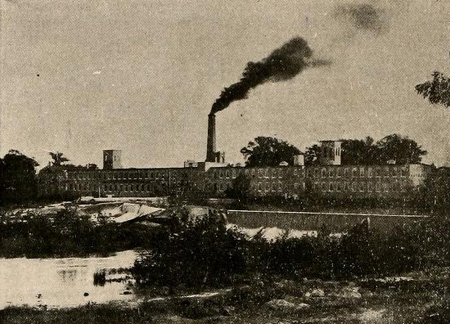4 Oct. 1823–10 Nov. 1915

William Smith Battle planter and manufacturer, was born in Edgecombe County, the son of Sally Harriet Westray and James Smith Battle. He began his education at Stony Hill and Louisburg academies and was graduated from The University of North Carolina in 1844. Battle soon was occupied in the management of a very large plantation devoted to the production of cotton. He also owned and operated the Rocky Mount Cotton Mill and a grist mill and within a few years was probably the wealthiest man in the county. In 1858 he began the construction of a large brick home in Tarboro and in 1860 moved his family there.
He was a delegate to the convention of 1861 and voted for secession from the Union. His cotton mills thereafter produced cloth for uniforms and yarn for socks for the Confederate Army. His plantations supplied meat and corn, and he invested heavily in Confederate bonds. His activity apparently attracted the attention of Federal officials: in the summer of 1863, a raiding party of Union troops was dispatched from New Bern to destroy his industrial enterprise. At great sacrifice, Battle rebuilt the cotton mill, the grist mill, and a cotton gin. The end of the war found him in extreme financial straits. The cotton mill burned again and was rebuilt with money borrowed at a staggering rate of interest. Land was sold to repay loans, but the Panic of 1873 brought utter ruin. In 1890, Battle turned over his remaining property to his creditors and retired to a farm in his wife's name in Edgecombe County, where he farmed for many years.
On 25 June 1845, Battle married Elizabeth Mary Dancy, daughter of Charlotte Sessums and Francis Little Dancy of Tarboro. They were the parents of nine sons and a daughter: James Smith II, who married John Anna Somerville; Frank Dancy, married to Emily Semple; William Smith II; John Dancy, who married Mary Fremont; Samuel Westray, married to Alice Belknap; Camillus Little; Elisha; Octavius, married to Margaret Maud Anthony; Marmaduke; and Elizabeth Dancy.
Although he belonged to no church, Battle was buried in the Calvary Episcopal churchyard in Tarboro.